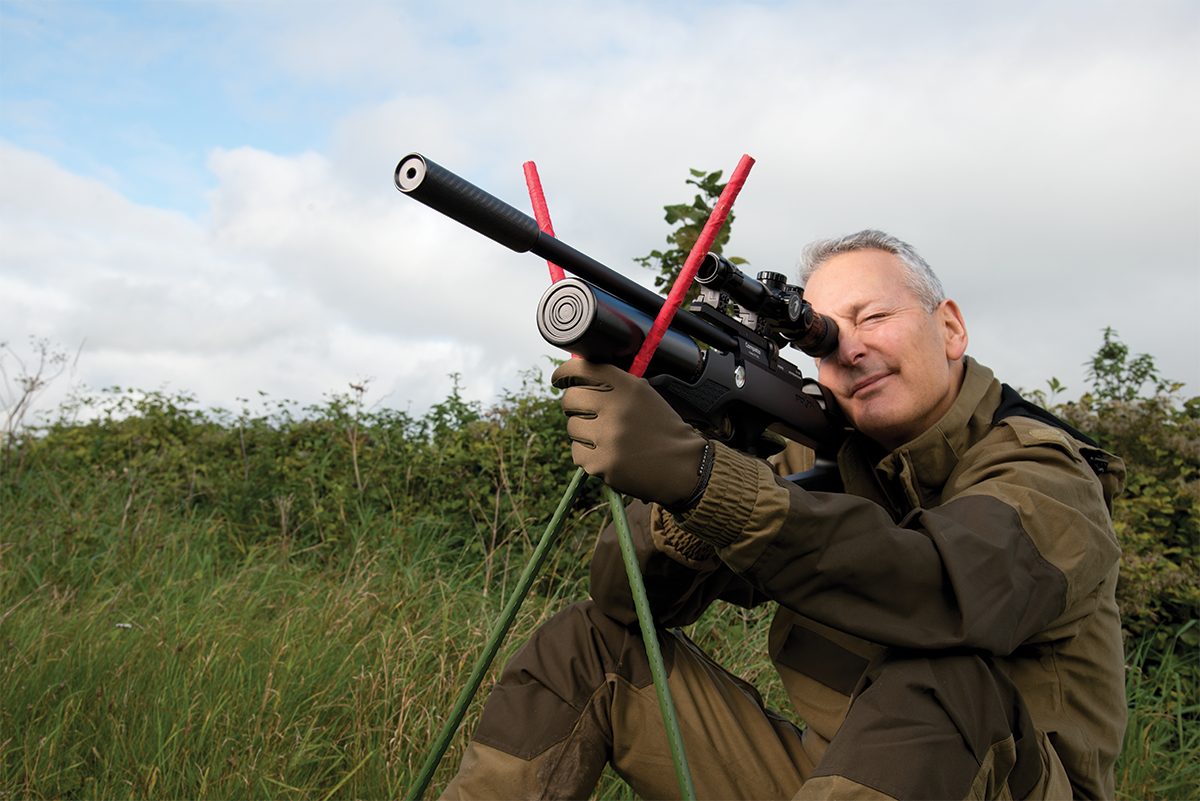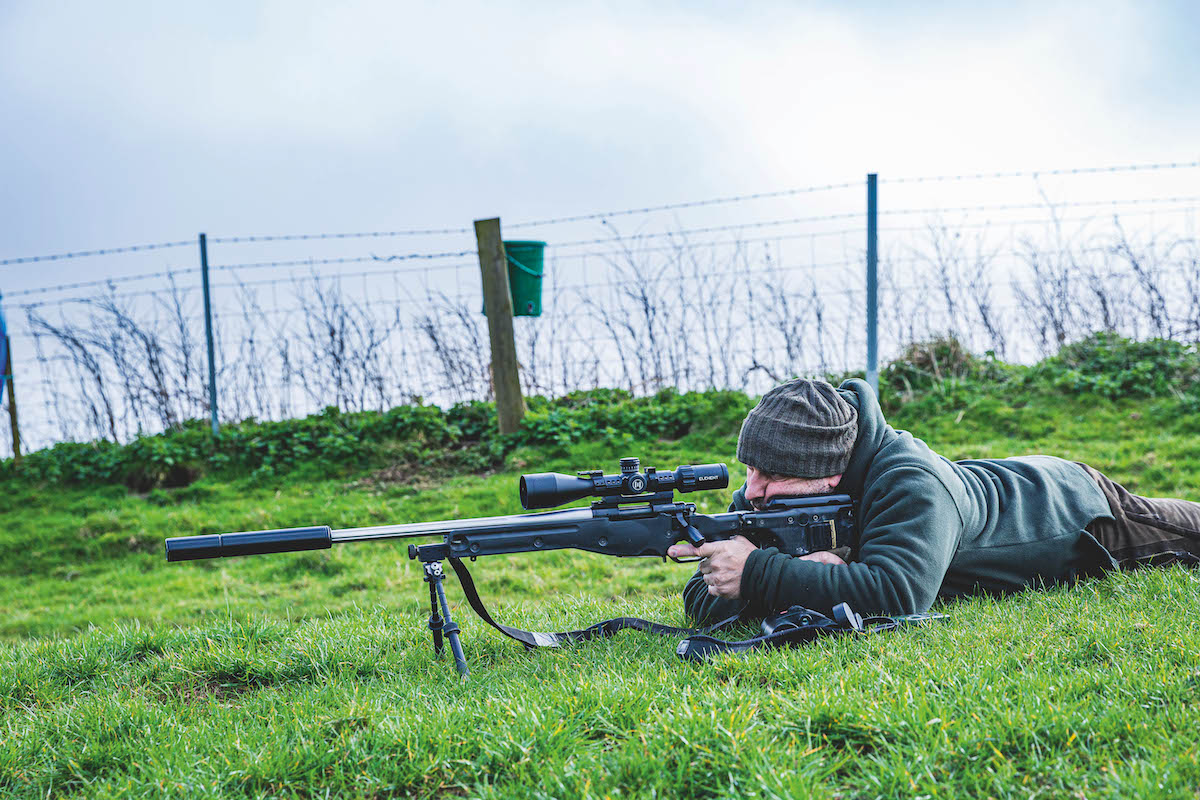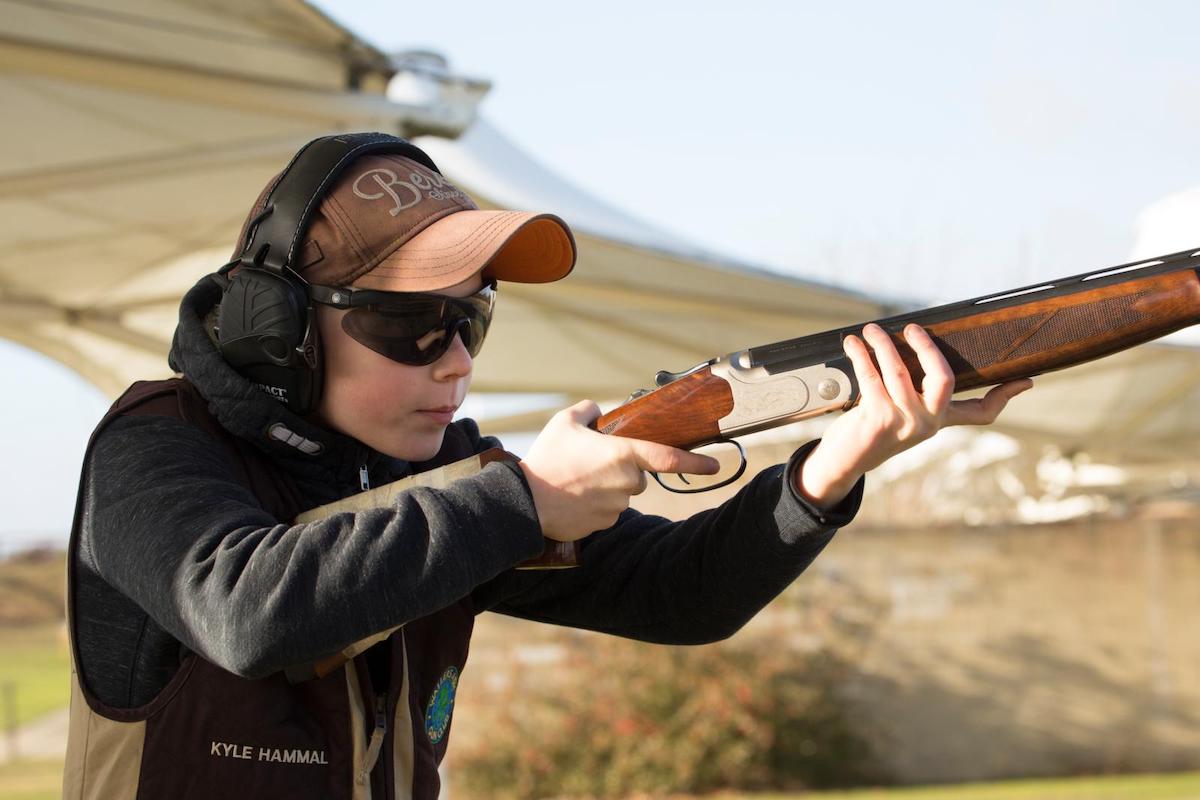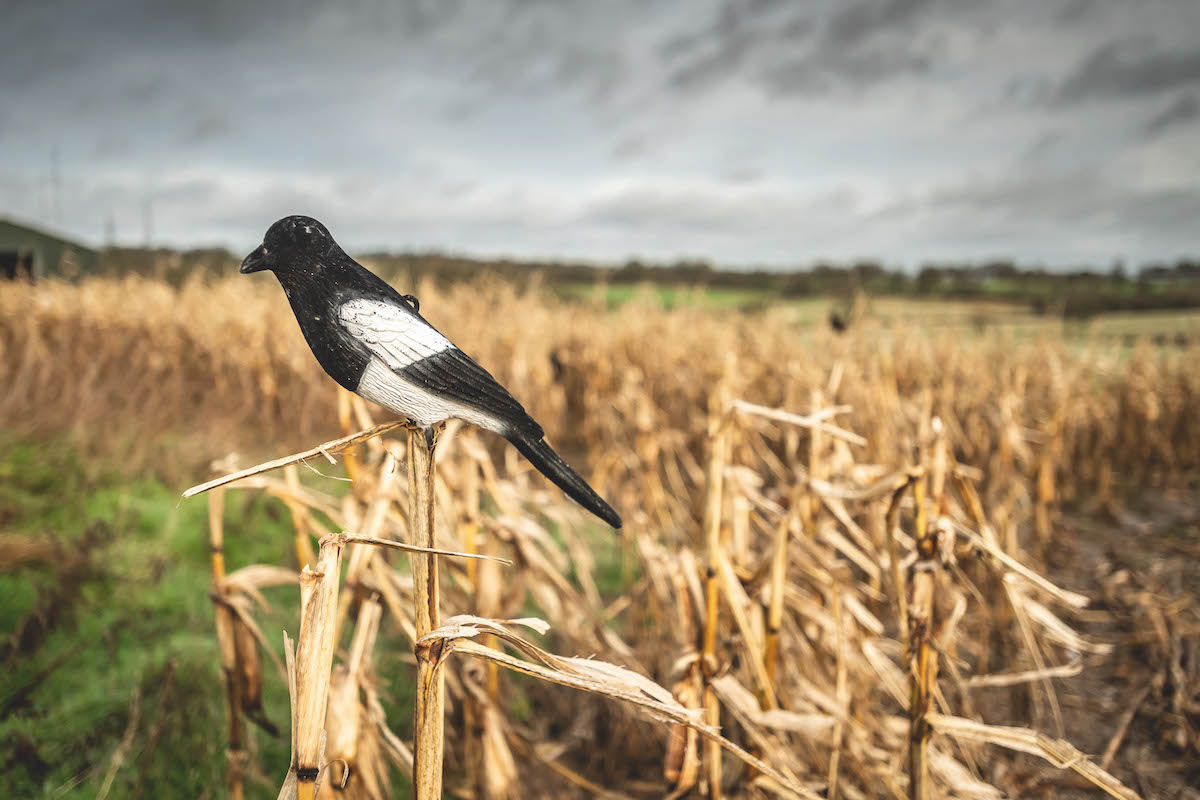Can you make your own shooting sticks? Is it worth it?
A recent question was sent in by an Airgun Shooter reader who asked a very important question, can you save some money and make your own shooting sticks?

Queston: I’ve never owned a set of shooting sticks and told a hunter friend of mine I was going to buy some. He told me to save my money and make my own, but how hard is that to do?
Answer: Accurate shooting is derived from consistency and stability. Whenever you’re taking a shot, make your airgun as stable as possible before your finger goes near the trigger. Shooting sticks are one of the tools in our armoury to help us achieve this.
I’ve used a number of commercially produced sticks over the years, but my favourite is the Primos Trigger Stick, which can easily be collapsed or extended to cope with standing, sitting or kneeling shots. But your friend is right. There is a cheaper way, and that means making your own.
Most homemade sticks employ two poles that are crossed over to make an upper V shape, into which you rest the forend of your rifle. If you’re shooting a springer or gas ram, you need to rest your leading hand into the V, onto which you then lay the forend, giving the rifle the chance to properly recoil.
The traditional way to make such a set of sticks is to drill a hole through both sticks and hold them together with a nut, a bolt and two washers, but this means the sticks will be set at a predetermined height.
Any change you need to make to your point of aim can only be done by angling the sticks either towards you or away from you, rather than altering the height of the V itself, a very welcome feature that most commercial sticks do give you.
The method I’ve used here is to make a set of sticks using a knot, which will slide up and down the sticks when they’re held straight, letting you adjust the height, while locking everything firmly together once they’ve been deployed. Although the knot system can be used to fine-tune the height at which your rifle is being supported, no simple system like this will be able to offer the entire range of height adjustment from standing to sitting, unlike the Primos sticks mentioned above.
Luckily, the solution is fairly simple: make one set of sticks for taking standing shots, and another for kneeling and sitting shots. My set of sticks cost me less than £3.50 to make a couple of years ago, so £7 for a pair is still a bargain.
The sticks themselves are made from plastic-coated steel garden canes. First of all, you need to decide which set of sticks you’re making. Shorter ones will flex less and can be thinner, while longer ones will need to be a little thicker to keep them rigid.
I decided to make a set for taking sitting shots, and bought two 150cm Grow It Gard Stakes, costing £1.59 each. These have a diameter of 10.3mm and are rigid enough for the task in hand. You’ll need something a little thicker for standing sticks.
The next job is to assume your shooting stance and cross the sticks in front of you, working out the height you’ll need. I’m 6ft tall and ended up cutting my sticks down to 100cm each, but the great thing about fabricating a homemade product like this is the fact that it’s tailored exactly for you. My sticks were cut to size with a Dremel tool fitted with a cutting disc (Cut-Off Wheel No. 409), but a hacksaw would work just as well.
The sticks must be tied together with a 120cm length of paracord or something similar. My daughter came to the rescue with pink paracord that she uses to make bracelets. This is not exactly tactical, but it works just as well as camo or black cord.
The knot used is called the Purcell Prusik knot. It looks complicated to tie, but is actually straightforward. If you got to YouTube and do a search for “Purcell knot shooting sticks”, you’ll find several videos offering a very clear explanation. If you still find the idea of tying a knot daunting, you can always use the nut-and-bolt method instead.
Because the sticks are plastic-coated, they shouldn’t harm your rifle, but just to be sure I wrapped some fabric hockey tape around the ends as a finishing touch.
Now they’re completed, do they work? In order test them I shot several magazines’ worth of pellets at a killzone-sized target at 30 yards and had just one miss. A novice shooter who tried the same sticks was amazed how stable he could get using what is just a couple of garden canes. He is much taller than me, so being able to adjust the sticks for height proved to be another huge advantage. (Looking to get some shooting sticks? Read our list for the best shooting sticks here).
Making your own shooting stick
A good set of sticks will pay dividends in the field, immediately improving stability and accuracy











